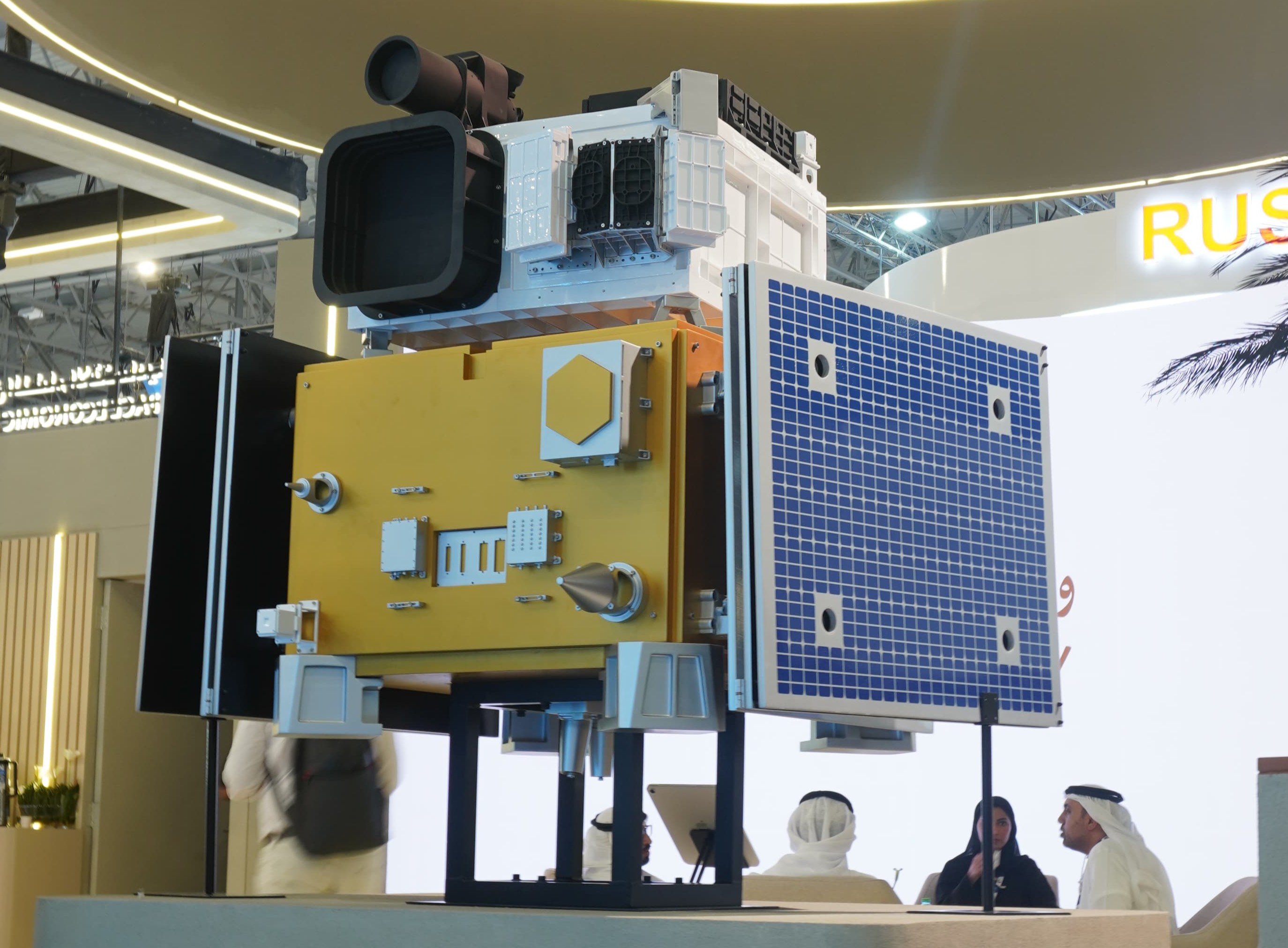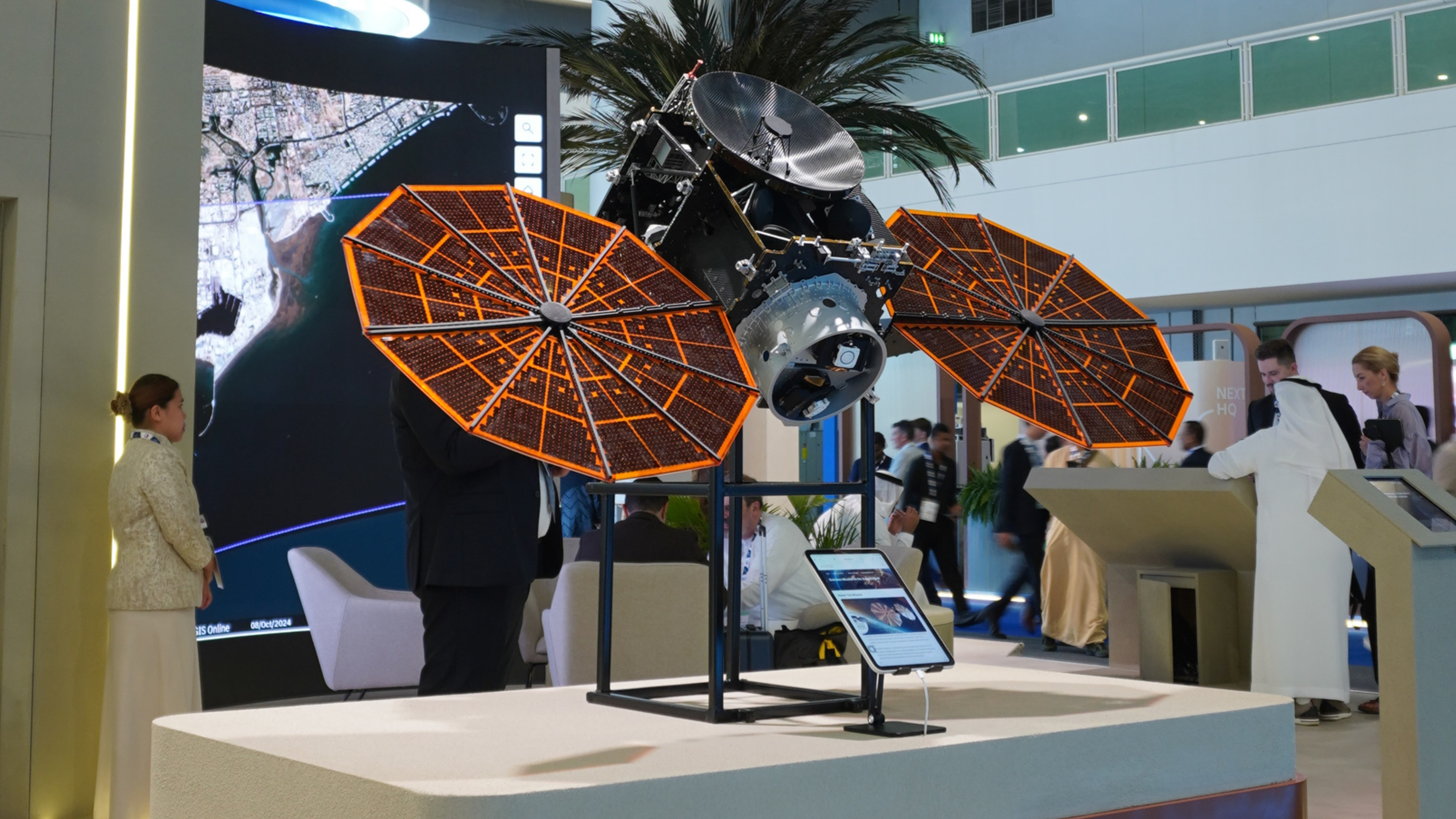The question of whether 3D printing (additive manufacturing) will replace traditional manufacturing is a complex issue, involving technological, economic, and practical factors. While additive manufacturing is revolutionizing certain areas, it is unlikely to entirely replace conventional methods. Instead, a hybrid approach combining both technologies is emerging as the most likely future.
1. Current Perspectives on 3D Printing vs. Traditional Manufacturing
Environmental and Technological Shifts
OECD Predictions: According to the Organization for Economic Cooperation and Development (OECD), 3D printing could replace many traditional machining processes in the next 5 to 10 years. This is largely due to its ability to reduce material waste and its suitability for lightweight, complex part production in small batches. These qualities make it attractive in industries focused on sustainability and innovation.
Market Data: The global 3D printing market was valued at approximately USD 22.39 billion in 2023 and is projected to grow to USD 150.20 billion by 2032, with a CAGR of 23.6% (Fortune Business Insights).
2. Key Advantages of 3D Printing
Customization and Complexity
3D printing excels in creating intricate geometries and customized products that traditional methods struggle to replicate.
Prototyping is faster and cheaper, enabling rapid iteration and innovation.
Material Efficiency
Additive processes only use material where needed, reducing waste by up to 90% compared to subtractive methods like milling.
Localized Production
Manufacturing closer to demand centers becomes feasible, reducing logistics costs and carbon emissions.
Reduced Tooling Costs
Traditional methods require expensive molds and dies for production, whereas 3D printing eliminates or reduces these upfront costs.
3. Limitations of 3D Printing
Material Strength and Range
Traditional methods like forging, casting, and machining often produce stronger and more durable parts than current 3D printing technologies.
While 3D printing materials are expanding, the variety and performance still lag behind traditional options such as high-strength alloys and composites.
Economies of Scale
For mass production, traditional methods remain more cost-effective due to their ability to produce high volumes quickly and uniformly.
3D printing’s strength lies in small-batch production, where setup costs for traditional methods are prohibitive.
Speed
Despite advancements, 3D printing is slower than traditional manufacturing for large-scale production, limiting its applicability in industries requiring high throughput.
Post-Processing Requirements
Many 3D-printed parts require significant post-processing to achieve desired finishes or tolerances, adding time and cost.
4. Complementary Roles of Additive and Traditional Manufacturing
Prototyping and Low-Volume Production
3D printing is ideal for prototyping and custom, low-volume production. For example, industries such as aerospace and healthcare leverage 3D printing for custom implants and lightweight parts.
Traditional Manufacturing for High-Volume Production
Industries like automotive and consumer goods rely on traditional methods for efficiency in mass production and consistency in product quality.
Supply Chain Efficiency
A hybrid approach allows manufacturers to use 3D printing to produce spare parts or custom components on-demand, reducing inventory costs and streamlining supply chains.
5. Future Trends and Technological Evolution
Advancements in 3D Printing
Metal Additive Manufacturing: Expanding into sectors like aerospace and automotive.
Bioprinting and Food Printing: Innovations are creating entirely new markets.
Integration with Traditional Methods
Traditional manufacturing processes are also evolving, integrating automation and digital technologies to remain competitive.
Hybrid manufacturing systems that combine additive and subtractive methods are emerging, offering the best of both worlds.
Localized and Distributed Manufacturing
The shift towards localized production models could reshape global supply chains. Companies may establish smaller, regional facilities equipped with 3D printing capabilities to meet local demand quickly.
6. Industry-Specific Impact
Healthcare
Custom implants, prosthetics, and even bioprinted tissues are reshaping patient care. The dental 3D printing market is expected to grow from USD 1.9 billion in 2021 to USD 15.9 billion by 2030 (Taiwan News).
Aerospace
Lightweight, complex parts such as turbine blades and structural components are now 3D-printed to reduce weight and enhance performance.
Automotive
Prototyping and custom tooling are widely adopted, with limited applications in final part production.
Construction
3D printing is gaining traction for building components, including homes and bridges, reducing construction times and material waste.
Conclusion
3D printing will not entirely replace traditional manufacturing but will continue to complement it. The future of manufacturing lies in hybrid systems, where the strengths of both additive and traditional methods are harnessed. By focusing on their respective advantages—customization, efficiency, and scalability—industries can optimize production, reduce waste, and adapt to changing global demands. For examples of how 3D printing is already making an impact, visit Ultratec3D.
Related Topics for Exploration
Advantages of 3D Printing Over Traditional Manufacturing
Impact of 3D Printing on Environmental Sustainability
Industries Benefiting Most from 3D Printing
Challenges Facing 3D Printing Technologies
How 3D Printing is Transforming Global Supply Chains



